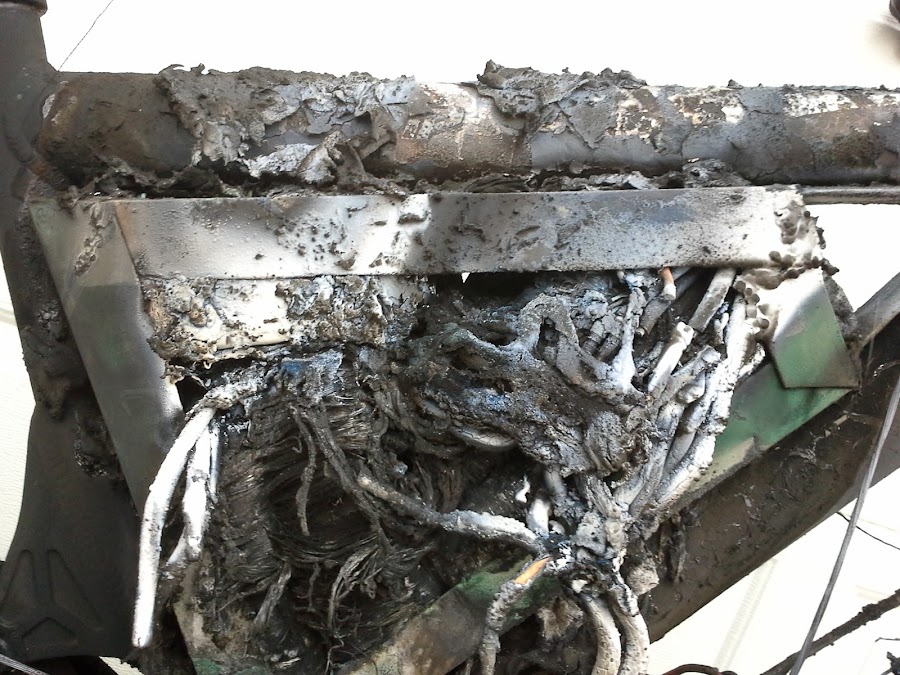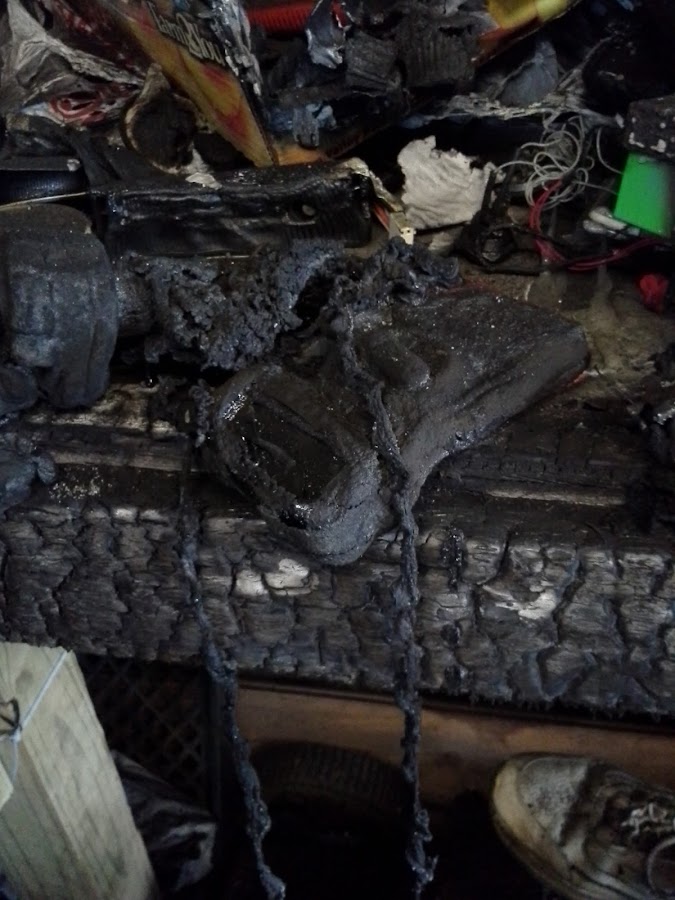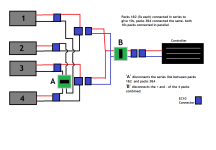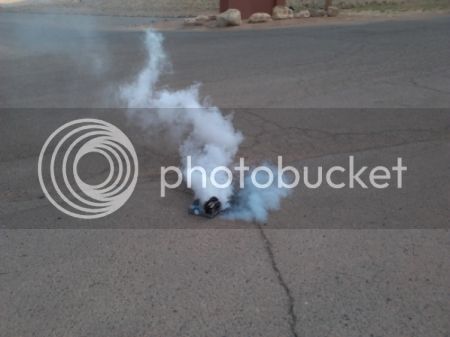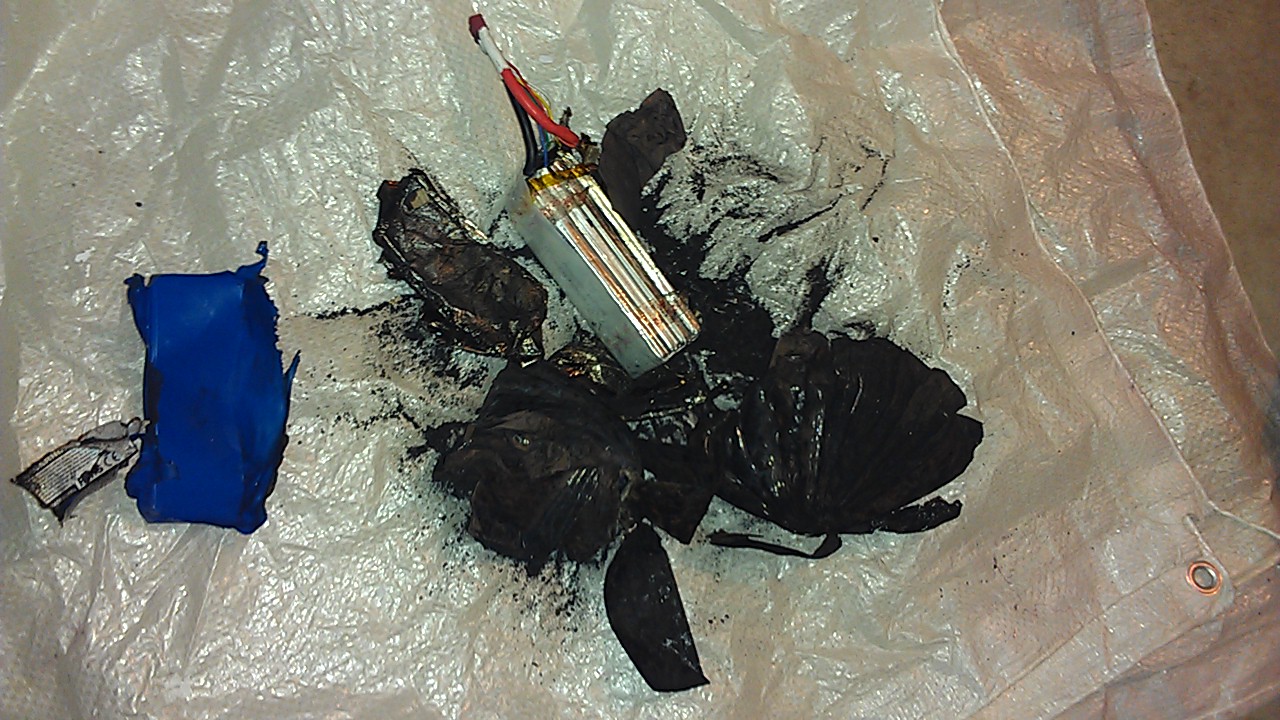bigmoose
1 MW
This thread will stay sticky in Battery Technology for the rest of 2013. Ideally there should be only 1 post on this thread per incident. It is a summary thread.
What should be reported here are catastrophic Li Battery events that you have personal, and direct knowledge of.
The Poster should:
1) Put a title in his post that describes the battery and manufacturer, for example: 36V 20 AHr A123 Pack
2) Describe the incident from first hand knowledge: bla bla bla and add pictures. Describe the conditions that lead to the event, perhaps: manufacturing, abuse, or other. Identify who the cell vendor was, and if a battery, who the battery vendor was. If you built the battery, then identify the cells and other pieces parts used.
3) Start a separate discussion thread for the incident and place a link to it in this summary thread. (t would be good to duplicate the information in 1 & 2 in the incident specific thread.) This second thread is where all the discussion and give and take should be.
4) When the Suspected Root Cause is determined, the Original Poster comes back to this thread and edits his post to add the best probable root cause right in the original summary post. Adding the corrective action would be a good thing also.
MattyCiii summarized his view of the process this way:
This thread's intent is to improve the design and manufacture of both commercial, and DIY Li batteries; and to help the community identify reliable and safe Li Battery design techniques, materials, vendors and systems. It was summarized here http://endless-sphere.com/forums/viewtopic.php?f=14&t=46748 and a poll taken to see whether it was a good idea. It seemed to have over 97% support. Hopefully I have added all the suggestions for improvement above.
Note: I had a lot of trouble getting this thread to be a sticky. Something must have gotten fouled up in the data base when I copied it... so I started over.
What should be reported here are catastrophic Li Battery events that you have personal, and direct knowledge of.
The Poster should:
1) Put a title in his post that describes the battery and manufacturer, for example: 36V 20 AHr A123 Pack
2) Describe the incident from first hand knowledge: bla bla bla and add pictures. Describe the conditions that lead to the event, perhaps: manufacturing, abuse, or other. Identify who the cell vendor was, and if a battery, who the battery vendor was. If you built the battery, then identify the cells and other pieces parts used.
3) Start a separate discussion thread for the incident and place a link to it in this summary thread. (t would be good to duplicate the information in 1 & 2 in the incident specific thread.) This second thread is where all the discussion and give and take should be.
4) When the Suspected Root Cause is determined, the Original Poster comes back to this thread and edits his post to add the best probable root cause right in the original summary post. Adding the corrective action would be a good thing also.
MattyCiii summarized his view of the process this way:
We don't want the detailed give and take in this thread. Just summarize the incident, and then come back and summarize the root cause and corrective action.I would imagine such a sticky thread work as follows:
One post per "event". The poster makes a thread to discuss the incident, throws in a link to that thread, and briefly summarizes what happened. So most of the talk about that one event goes on in its own thread.
This thread's intent is to improve the design and manufacture of both commercial, and DIY Li batteries; and to help the community identify reliable and safe Li Battery design techniques, materials, vendors and systems. It was summarized here http://endless-sphere.com/forums/viewtopic.php?f=14&t=46748 and a poll taken to see whether it was a good idea. It seemed to have over 97% support. Hopefully I have added all the suggestions for improvement above.
Note: I had a lot of trouble getting this thread to be a sticky. Something must have gotten fouled up in the data base when I copied it... so I started over.



